|
In Use
Our first order of business was to check all the flaws that were reported
in the on-line forums about this projector and see how they affect this
particular sample.
A fully black screen did show a bit of brightness
uniformity issue with some of the corners (in our case, the bottom right
corner and top right corner) being slightly brighter than the rest of the
image. This hot spotting disappears with real world content, and it is the
result of stray light that should have been "hidden away" and transformed
into heat, but ended up making its way to the screen after all.
At that point I noticed how quiet the projector was. I
had to put my ear inches away from it to hear anything at all.
Next, I hooked up an Accupel test pattern generator set to 1080i output
and used a convergence pattern. The projector itself puts a similar pattern
up when it is in Lens mode, but it uses a green pattern, while I
needed a white one.
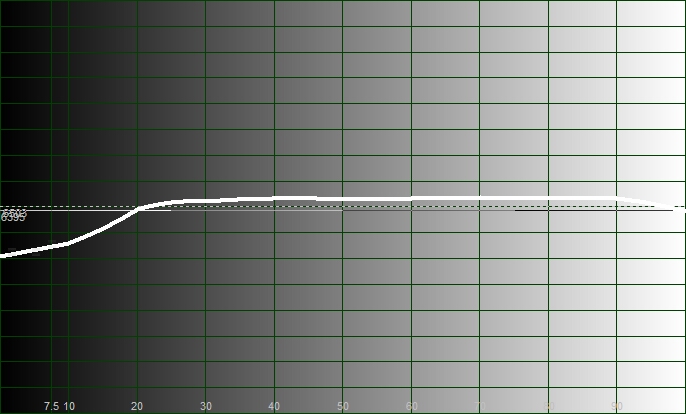
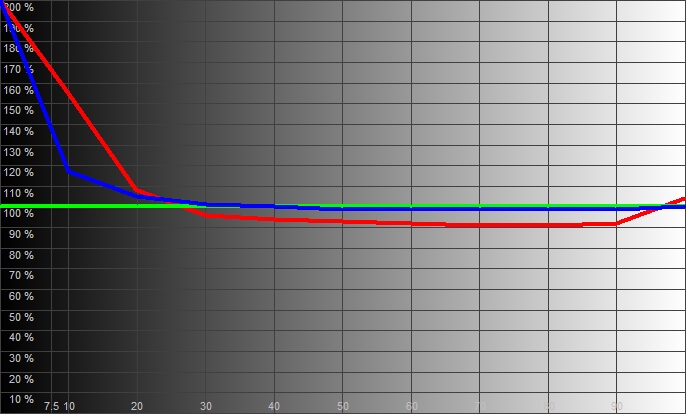
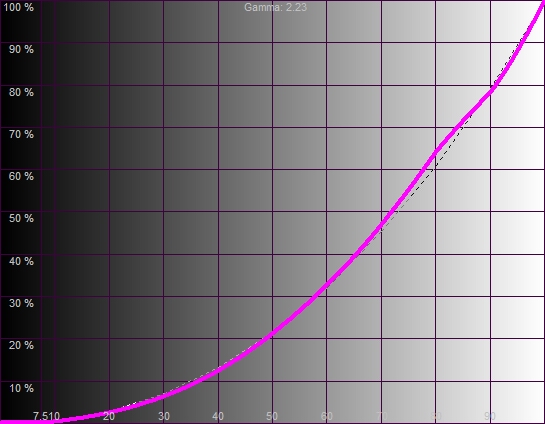
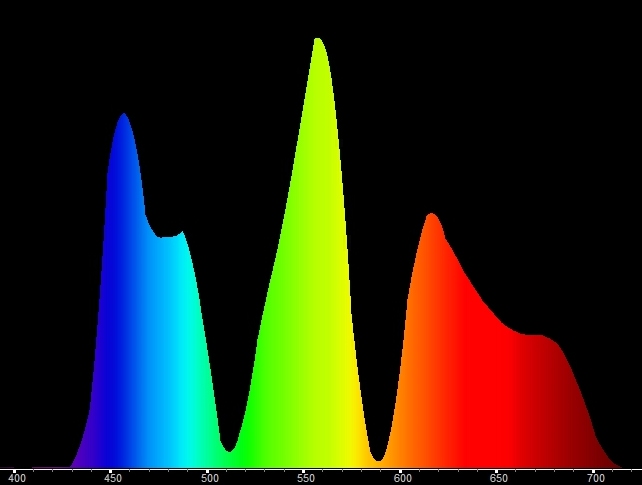
There was definitely a slight convergence issue,
curiously showing up only in the vertical direction. Vertical lines were
perfect, but horizontal lines were slightly smeared, having 0.5 pixel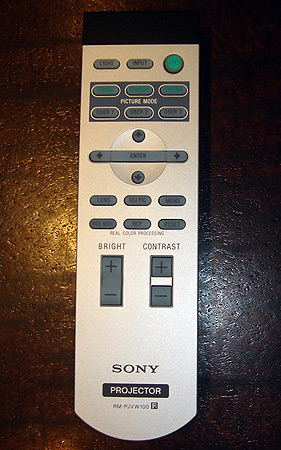 of mis-convergence (red above and blue below the center). This means that
horizontal lines are actually two pixels in thickness and are visibly
thicker than vertical lines.
of mis-convergence (red above and blue below the center). This means that
horizontal lines are actually two pixels in thickness and are visibly
thicker than vertical lines.
The remote is functional, and is very easy to use, but lacks functionality.
There are no discrete on-off buttons, or even discrete input selection.
Sony should really rethink this for future projectors.
There were visible gaps between pixels, but they were quite small. So, the
Screen Door Effect (SDE) was mostly due to the large projection area, but disappeared from a few feet away from the screen, or when we made the
projection area smaller.
Menus are very easy to get around and are very extensive, providing access
to color adjustment, calibration, temperature control, and so forth. We
were hoping to make some useful measurements (contrast, uniformity), but
the projector was already installed and this made the measurements
difficult. Sony claims that the contrast ratio (using the Dynamic Iris)
can reach 16,000:1.
The projector certainly seems to reach that range, but the
Dynamic Iris does take its toll. The effect of the iris is completely
invisible from the user and try as hard as I might, I could not spot any
artifacts originating from the iris opening or closing when it was set to Auto.
The Dynamic Iris lends the projector a higher on-off contrast
(called Dynamic Contrast), but the
projector has a lower contrast that is intrinsic to the SXRD panels
(around 4000-5000:1), which is called Frame Contrast, or Native Contrast.
The iris works great for scenes
that are either bright or
dark. The problem is when you have a bright background, while the foreground contains a character dressed in dark clothes. The iris system
tends to stabilize on the average level of the image, which means that
scenes that mix dark and bright details are subject to brightness
compression.
I first noticed this effect when I viewed the film The Chronicles of Narnia. A scene with
dark figures walking in the snow looked two dimensional, and there were very
little nuances and detail on both the snow and the dark figures.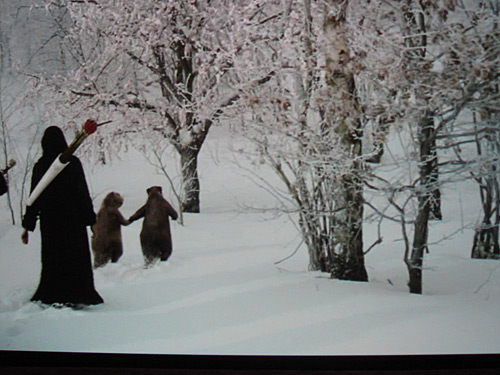
During calibration, we had a hard time getting the reds to stay stabile.
Frequency and overscan were perfect, and it was very easy to verify native
rate (dot by dot) support. I noticed no drop-offs even with very high
frequencies (alternating vertical lines). Gamma was set to 2.23 and had a
curious bump around 80 IRE that I couldn't shake.
RCP (Real Color Processing) is supposed to allow you to make adjustments
to primary and secondary colors. I played with this repeatedly, but with
minor changes to the CIE chart. This might have more of an effect on the
analog inputs, though.
I next checked for scaling artifacts with various sources. As expected,
both 480i and 720p sources had ringing, but 480i had a lot more ringing.
An outboard scaler is definitely going to help here.
During normal viewing, most of the issues I described melt away. The
projector gives a very detailed comfortable feeling - without the adverse
affects of DLP induced headaches or LCD's screen door eyes. Scenes like Lilu's birth/escape scene from
The Fifth Element were outstanding - Lilu's
face was detailed and three dimensional. It's amazing that this level of
detail can be purchased for such a low price these days. PQ (Picture
Quality) was far superior and much smoother and more filmlike than any LCD projector I've
yet
seen.
This projector, however, is not very forgiving. Artifacts and bad sources
don't look so hot. The better the source, the better it looks on the VW50.
A Blu-ray or
HD DVD player is ideal for this projector. SD DVD or SDTV sources
should use a scaler or MPEG artifact remover (e.g., Digital Mosquito).
Our final test was my home movies of
my youngest son, which were, for no other words, amazing.
If you have not seen a 1080p projector yet, you are in
for a big surprise.
Conclusions
The Sony VPL-VW50 (Pearl) projector packs quite a punch -
it's a new level of
performance and resolution at an affordable price, but is definitely not
perfect. Details can be lost in mixed bright/dark scenes. Most of the
other projector issues are, in my opinion, overly emphasized by nitpicking
users and are a lot less critical than some people would have you believe.
The picture could be sharper, but not more detailed. I watched content
for over 3 hours without a hint of being tired, i.e., DLP induced
headache. I could sit and watch it all day, and that's far more than I can
say about most other projectors out there.
- Ofer LaOr -
Terms and Conditions of Use
|





 of mis-convergence (red above and blue below the center). This means that
horizontal lines are actually two pixels in thickness and are visibly
thicker than vertical lines.
of mis-convergence (red above and blue below the center). This means that
horizontal lines are actually two pixels in thickness and are visibly
thicker than vertical lines.


